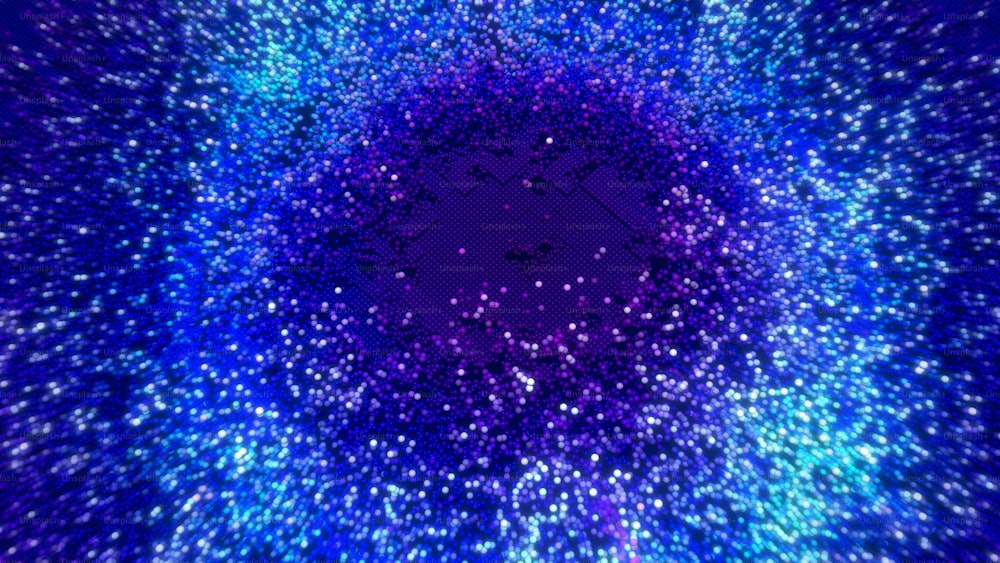Demystifying the Big Bang

I. Introduction
A. The Cosmic Genesis
The Big Bang theory, proposed by Belgian astronomer Georges Lemaître in the 1920s, revolutionized our understanding of the universe. Lemaître's pioneering work stemmed from Einstein's theory of general relativity, setting the stage for a cosmic narrative that unfolded over billions of years.
II. Historical Context
A. Early Cosmological Theories
Before the Big Bang, ancient cultures pondered the universe's origins. The Greeks envisioned a static cosmos, while the Hindus and Mayans embraced cyclic cosmologies. The transition to modern cosmology occurred in the early 20th century as astronomers grappled with mounting observational evidence.
B. The Discovery of Cosmic Expansion
In the 1920s, Edwin Hubble observed galaxies drifting apart, implying an expanding universe. This revelation challenged the static universe model, paving the way for Lemaître's groundbreaking insights.
III. The Big Bang Theory Unveiled
A. Georges Lemaître's Proposal
Lemaître, a Catholic priest and physicist, independently formulated the idea of cosmic expansion. He proposed a primordial atom from which the universe sprang forth—an early conceptualization of the Big Bang.
B. Expanding Universe and Cosmic Microwave Background
Hubble's observations fueled discussions on the expanding universe. Later, Arno Penzias and Robert Wilson's accidental discovery of cosmic microwave background radiation in 1965 provided crucial empirical support for the Big Bang theory.
IV. Ingredients of the Universe
A. Primordial Nucleosynthesis
In the first few minutes after the Big Bang, conditions were ripe for primordial nucleosynthesis, forging helium, deuterium, and other light elements. This process left an elemental fingerprint on the cosmos.
B. Inflationary Period
Cosmic inflation, proposed by Alan Guth in the 1980s, addressed cosmological puzzles. It explained the universe's uniformity and resolved inconsistencies in the cosmic microwave background.
V. Evidence Supporting the Big Bang
A. Redshift and the Doppler Effect
Hubble's observations revealed a redshift in distant galaxies' light, indicating an expanding universe. The Doppler effect, a cornerstone in this discovery, illustrated the universe's dynamic nature.
B. Cosmic Microwave Background Radiation
Penzias and Wilson stumbled upon cosmic microwave background radiation, the remnant heat from the early universe. This 'afterglow' confirmed predictions of an initially hot, dense cosmos.
VI. Unraveling Cosmic Mysteries
A. Dark Matter and Dark Energy
The cosmic narrative expanded with the recognition of dark matter and dark energy—mysterious components influencing the universe's fate. Their elusive nature sparks ongoing investigations.
B. Formation of Structures
Gravity sculpted the universe's structures—galaxies, stars, and cosmic filaments. This cosmic dance, initiated by the Big Bang, laid the foundation for the celestial wonders we observe today.
VII. Challenges and Controversies
A. The Horizon Problem
The horizon problem, a puzzle related to cosmic uniformity, puzzled scientists. Proposed solutions, including cosmic inflation, showcase the ongoing debate within the scientific community.
B. Quantum Gravity and Singularities
Merging quantum mechanics and gravity, a quest for a unified theory, remains one of cosmology's grand challenges. Singularities, like those at the Big Bang's inception, question our understanding of cosmic beginnings.
VIII. The Big Bang in Pop Culture
A. Impact on Science Fiction
From H.G. Wells to modern sci-fi blockbusters, the Big Bang's portrayal in literature and cinema reflects society's evolving fascination with cosmic origins. Scientific discoveries continually inspire imaginative narratives.
IX. Conclusion
A. The Ever-Expanding Universe
The journey from ancient musings to modern astrophysics has been one of constant discovery. As we continue probing the cosmos, the Big Bang stands as a testament to humanity's insatiable curiosity, forever propelling us toward a deeper comprehension of our cosmic home.










































